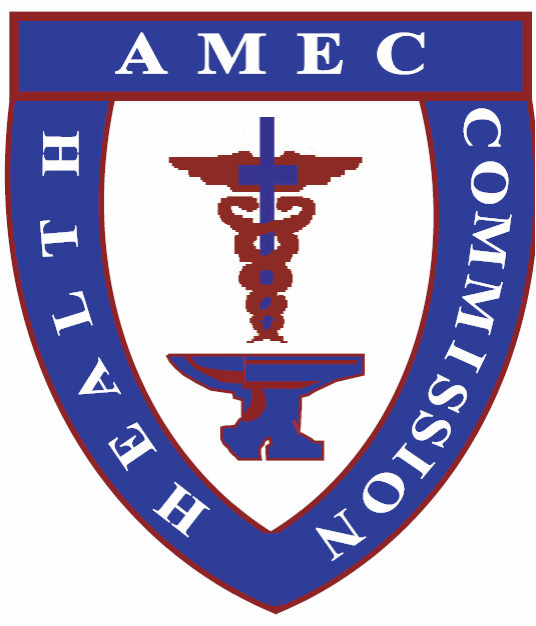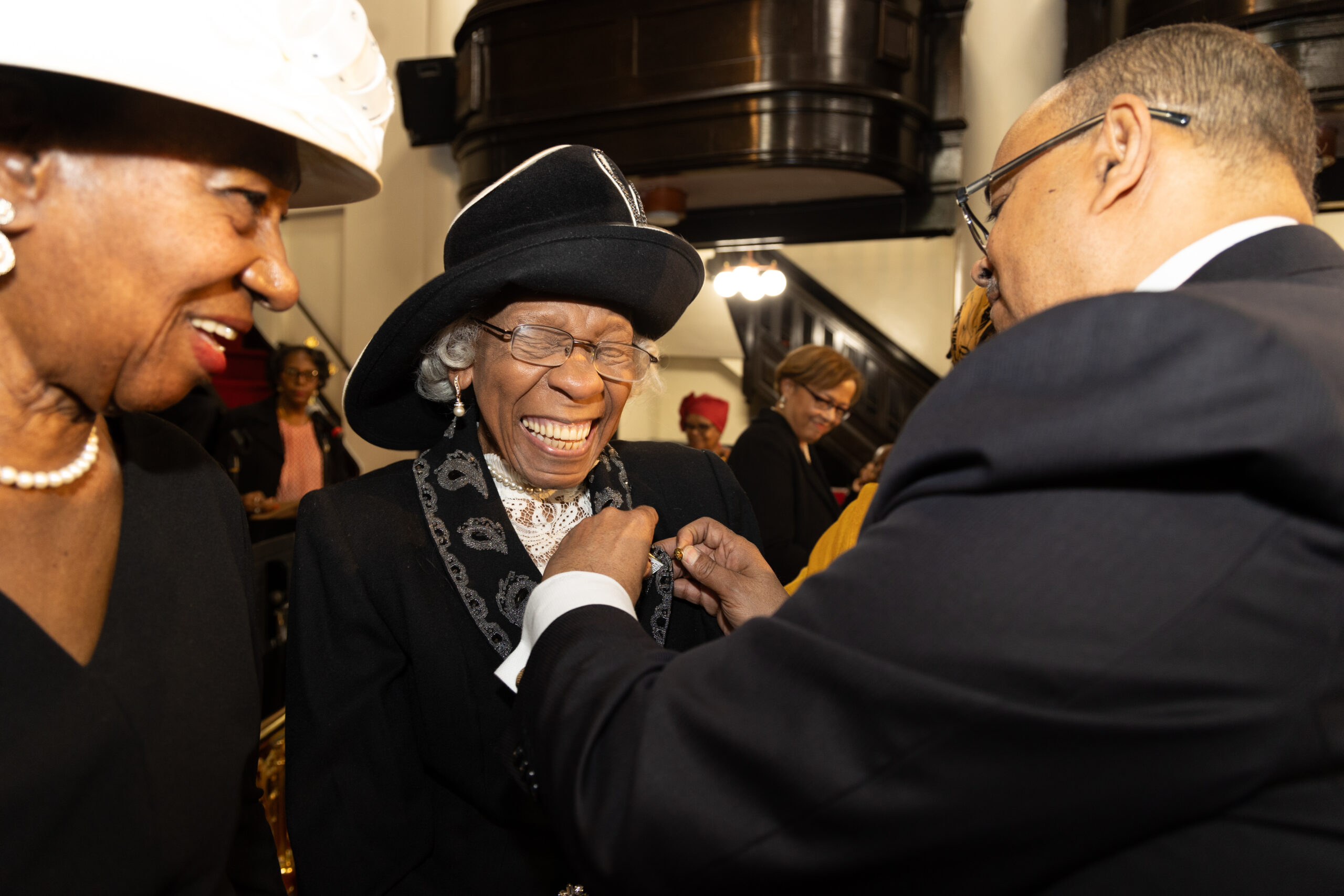A Legislative Primer: From Proposal to Adoption
Dr. Michael A. Cousin, Sr., 2nd Episcopal District
Before the General Conference is called to order, the Revisions Committee is tasked with the responsibility of cataloguing the many pieces of proposed legislation to be presented and considered by the general body. There are over 300 pieces of proposed legislation from across the connection, a deluge of ideas hopeful in improving the polity and doctrine of the church. Out of this number, maybe 30 pieces will be adopted into the Book of Doctrine and Discipline while remaining pieces may be reworked and presented again and at the next General Conference.
Keeping this in mind, I am often asked, “What must I do to have my bill brought out of committee?” My response has been, “Have you followed the suggested format provided by the church?” Adhering to the suggested format may be the difference in having a bill called out to the floor or placed again on the proverbial backburner. The proposal must be clear upon its intent and rationale. It is helpful to refrain from debating your proposal on paper when you attempt to present it for consideration. Debating your proposal on paper before submittal may be an indication that the intent and purpose may be unclear.
When considering your ideas, ask the question, “How will this benefit the church?” Will this issue be relevant in years to come? Will this proposal stand the test of time, serving as an ecclesiastical guardrail in keeping the church true to its purpose and mission? If this proves to be so, then discuss the proposal with members of the legislative task force of the annual conference. Within this setting the proposal will be vetted and scrutinized upon its merit. Attending one of the Legislative Convos would prove beneficial in learning the sentiments across the connection regarding proposed legislation. These sessions serve as a filter to sort out and fine tune the proposal’s rationale and intent.
Additionally, a bill’s budgetary impact upon the church is a salient point. To many in the church, there is the sentiment of finding money. In other words, “Where will we rob Peter to give to Paul?” The table is getting larger and the pie smaller. These bills are time sensitive if there are financial issues to be vetted by other pertinent departments and not just the Revisions Committee.
With so many legislative proposals to consider, time is not a luxury during the General Conference. The window for legislative action grows smaller as each day passes. Remember, bills are to be read three times before adoption. Adhering and implementing the suggested criteria may increase the bill’s chance of moving from the backburner to the floor. More importantly, the bottom line for the proposal should include clarity and relevance. Turn ears into eyes in making the point clear, and its rationale relevant.
Rev. Dr. Michael A. Cousin is the pastor of St. Paul AME Church, Chapel Hill, North Carolina and has served as a member and Vice-Chair of the Revisions Committee for several sessions of the General Conference.





